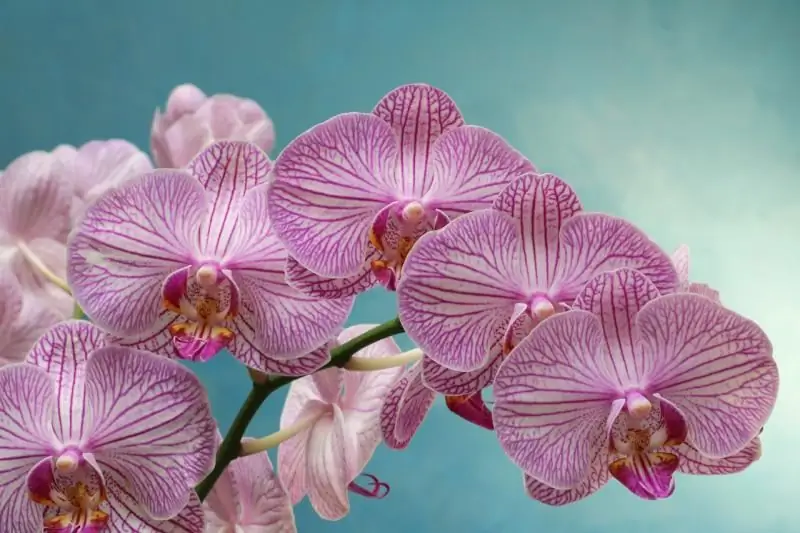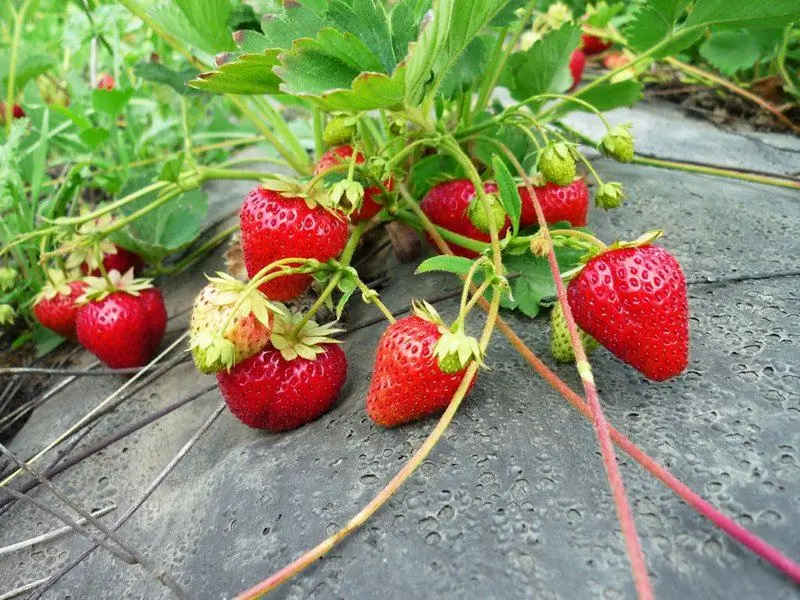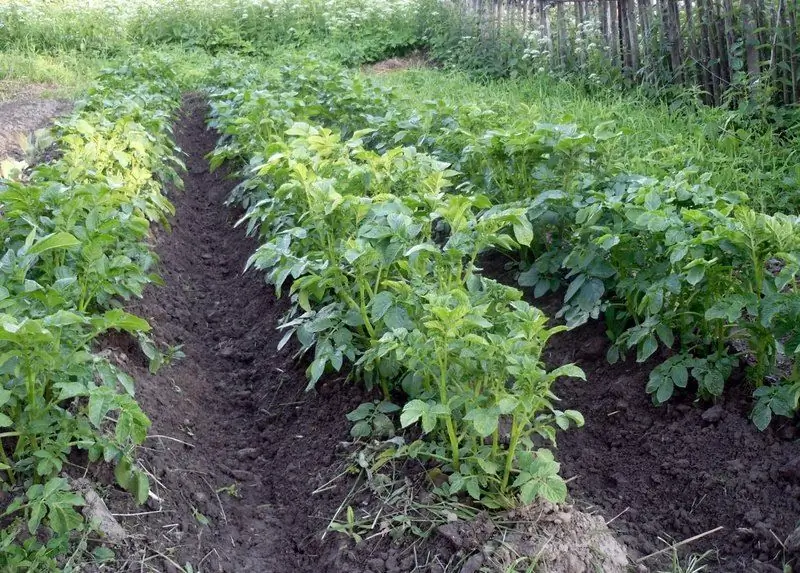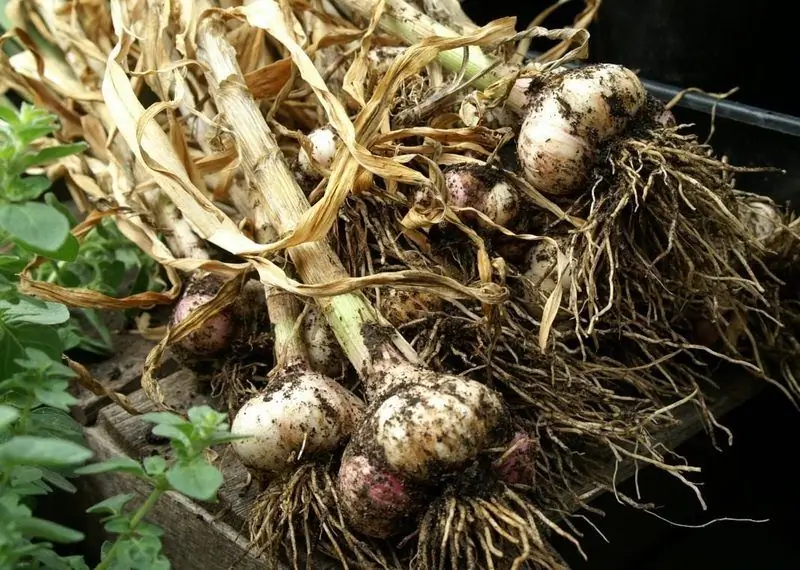
Table of contents:
- Author Bailey Albertson [email protected].
- Public 2023-12-17 12:53.
- Last modified 2025-06-01 07:32.
The hyacinth in the pot has faded: what to do next?

From distant Holland, the fashion came to us for forcing bulbous crops for flowering in winter or early spring. The hyacinth looks most impressive, since its peduncle consists of many small fragrant buds and is a small attractive bunch. But the flowering period usually does not exceed 2-3 weeks, then the plant does not look very presentable and you have to decide what to do with it next.
How to care for a potted hyacinth after flowering
The easiest way is to throw out the faded hyacinth and not fool yourself. So, by the way, it is customary in European countries. But a true plant lover will never allow himself to get rid of a still living plant organism, he will always give him a chance for life.
If you do not take care of the hyacinth in any way, but simply leave it in the same pot, then it will inevitably die. In order to preserve it, you have to work a little. The fact is that during forcing, the bulb is greatly depleted, and it simply does not have the strength to prepare for a new life cycle. Therefore, you need to help her recover.

A faded hyacinth looks unattractive
As soon as the flowers wilt, you must immediately get rid of the peduncle, without waiting for the formation of seeds. The peduncle is shortened to 10-15 cm, removing only the upper part with wilted buds. When the stalk gives back all the juices, it dries up and breaks off easily. The green ground part cannot be cut off, since photosynthesis is still going on in the leaf blades, without which the plant will not be able to accumulate nutrients in the bulb. Gradually, the leaves themselves will turn yellow and dry out.
Further care consists in watering and feeding. Watering should be done in moderation, only after the soil dries out in a pot. In this case, the amount of liquid is gradually reduced. Top dressing is carried out once using any complex flower fertilizer (the concentration of the solution is prepared according to the instructions). After a while, the leaves will begin to turn yellow and dry, now they stop moisturizing altogether.

The leaves of faded hyacinths are not immediately cut off
Video: proper care for potted hyacinths after flowering
Completely dried leaves are removed, and the bulbs themselves are removed from the ground. They are carefully freed from soil residues and old flakes. It is recommended to disinfect hyacinths with a weak pink solution of potassium permanganate or some specialized preparation (Maxim, Fundazol, etc.), since all bulbous crops are susceptible to fungal diseases. During the procedure, you should be guided by the attached instructions.

Hyacinths are stored in a dry and warm place
Then the bulbs are thoroughly dried for 5-7 days in a ventilated place, without direct sunlight, at a temperature of about + 18… + 22 ° C. Hyacinths are placed in a tissue or paper bag, cardboard box or other container in which they are stored until autumn at home (not in the refrigerator). 2-3 weeks before the expected day of moving to the garden, the temperature is reduced to + 16 … + 18 ° C.
Video: how to prepare and store hyacinth bulbs after forcing
When the soil cools down to + 5 … + 10 ° C (September-October), the bulbs are planted in open ground at the site. Usually, this is done 3-4 weeks before the onset of a stable subzero temperature, so that the plants have time to root well. You can put the hyacinth back into the pot and repeat the forcing process again. Until the desired date, planting material is stored in a cool dry place (not higher than +12 ° C). But a weakened plant is unlikely to bloom next year.
However, this method does not guarantee the complete safety of hyacinths; some of the bulbs still dry out during long-term summer storage. You can increase the chances of success if, after pruning the peduncle, the plant is transplanted into a larger container. Since forcing flowers are sold in very small pots, there is very little land there and there is no room for development. You can help the hyacinth restore its bulb and enter the resting phase normally by providing it with a normal soil mixture from which it will draw all the necessary nutrients.
Pour into the pot, not forgetting to first organize a drainage layer of expanded clay or small pebbles, a light mixture of humus (compost), garden soil and peat, taken in equal proportions. It is recommended to add some coarse sand to the substrate for lighter weight. You can use a store-bought soil for bulb crops.

If the pot of the purchased hyacinth is too small, then you can transplant it while still blooming
The flower is transplanted by the transshipment method, being careful not to damage the root system. The bulb is not buried; the root collar should be outside. They keep the hyacinth in a new pot for about a month (once fertilized and regularly watered moderately), then after the foliage has dried, it is removed, dried and stored. But if possible, it is better to plant the plant on a flower bed when warm weather sets in (in May), where it will remain until the end of June or early July. After that, the bulbs are dug up and stored until autumn.
I dealt with potted hyacinth only once. After he successfully bloomed and dried up, in May I transplanted him to the rest of the bulbs in the garden. Since I don't dig up the bulbs, the new flower remained in the ground. It did not bloom in the spring. Most likely, the hyacinth simply did not survive the harsh Siberian winter, since the Dutch varieties do not differ in winter hardiness, namely, they are usually planted for forcing.
Video: what to do with bulbous crops after forcing
If everything is done on time and correctly, then the hyacinth can be preserved after distillation. Competent care and the creation of the right conditions will help to achieve a luxurious and bright flowering, if not for the next season, then in a year for sure.
Recommended:
The Orchid Has Faded: What To Do Next, Including With An Arrow

How to care for an orchid after flowering. When can the flowering season be extended and how to do it, and when to send her to rest
What To Plant After Strawberries Next Year And What Not To

Strawberry crop rotation rates: which crops can be planted and which ones are better not to plant after strawberries
What To Plant After Potatoes For The Next Year And What To Combine Planting With

How crop rotation rules explain the presence of good and bad predecessors in the garden. What can and can not be planted after potatoes, as well as on the same bed with him
What To Plant After Garlic And Onions For The Next Year And What To Combine Planting With

What are the rules of crop rotation based on, what do they advise to plant after onions and garlic, and what is prohibited. What can be planted next to them
What To Plant After Cucumbers And Zucchini For The Next Year And What To Combine Planting With

What can you plant after zucchini and cucumbers for the next year. What is the reason for the choice of subsequent crops. That grows with cucumbers and zucchini in the same garden. Reviews
